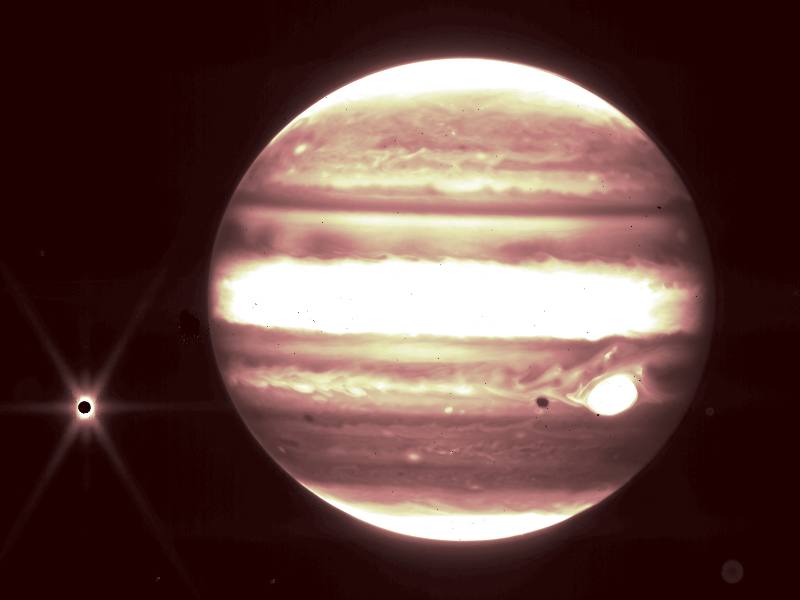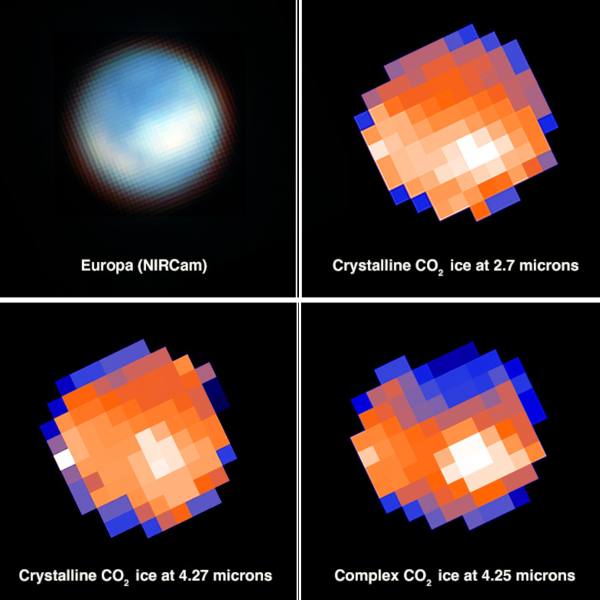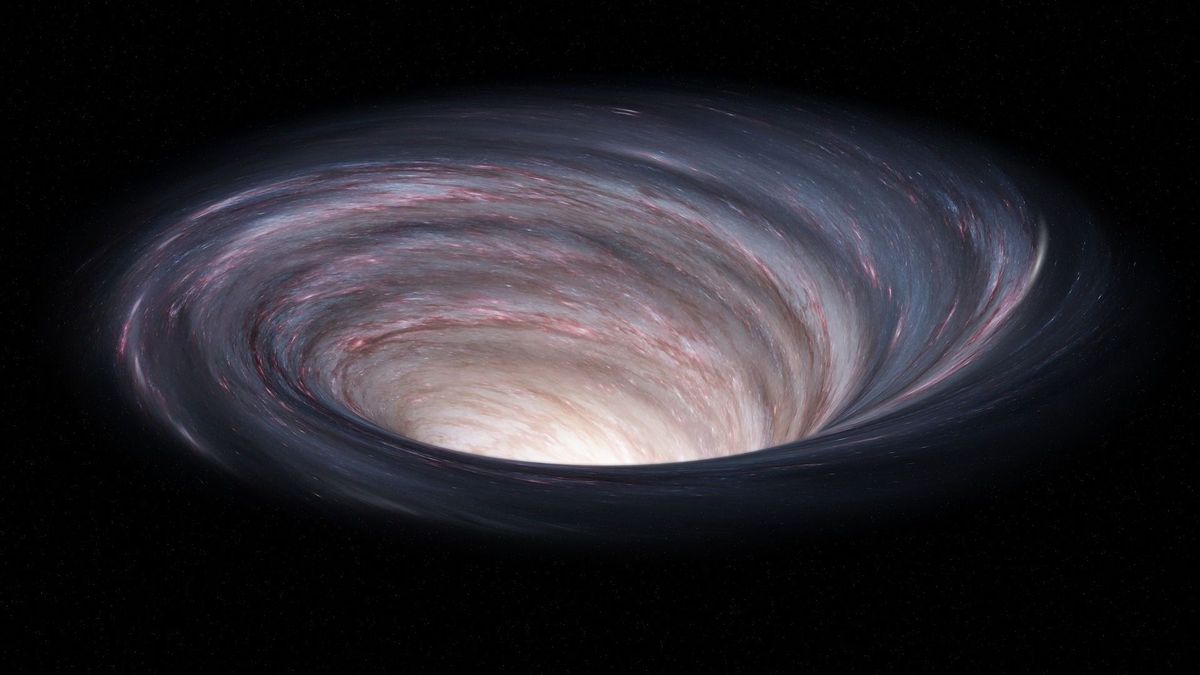Europa, one of Jupiter’s moons, is one of the few worlds in the Solar System that supports conditions suitable for life.
October 09, 2023- 11:33
NASA’s James Webb Telescope continues to amaze the world with its discoveries. This time, it detected signals confirming the possibility of life on Jupiter’s moon Europa.
According to jwst.nasa.govThe space probe would have found a source of carbon on the surface of the moon in question.
Europa – one of the largest moons in the solar system – discovered by Galileo in 1610 – is also highlighted as “one of the few worlds in our solar system with conditions suitable for life”.
Thanks to previous research, NASA explains, “it has been demonstrated that beneath its water ice crust lies a salty ocean of liquid water with a rocky seabed. However, planetary scientists have not confirmed whether this ocean contains the chemicals necessary for life, especially carbon.”
Astronomers behind the web have discovered traces of carbon in Europa’s chaotic landscape, known as the Tara Regio and Povis Regio.
“The surface ice sheets in these regions have changed, and there may have been a relatively recent exchange of materials between the surface ocean and the ice surface. Carbon, a universal component of life as we know it, may have originated in Europa’s ocean. The discovery suggests a possible environment for this moon’s salty surface ocean.
Also Read: Direct Viewing of Solar Eclipse Can Damage Your Eyesight Irreversible
On thehill.com portal, this moon of Jupiter has already been carefully studied in recent years, especially by the Galileo probe that orbited Jupiter between 1995 and 2003.
“This finding has important implications for the potential habitability of Europa’s ocean. The moon appears mostly blue because it is brighter at low infrared wavelengths,” NASA’s site highlights the new discovery.

The presence of carbon dioxide is further evidence that the moon’s subsurface could be a home for marine life. As NASA points out on the above site, carbon is the basis for all life on Earth.
According to an article on thehill.com, the European Space Agency launched the Jupiter IC Moons Explorer (Juice) last April, and it is expected to enter Jupiter’s orbit in July 2031.
NASA, for its part, plans to launch Europa Clipper in October 2024, which will reach Jupiter in April 2030.


:quality(85)/cloudfront-us-east-1.images.arcpublishing.com/infobae/753NFAAQEZBFFOBIBCJE4BO4EU.jpg)


